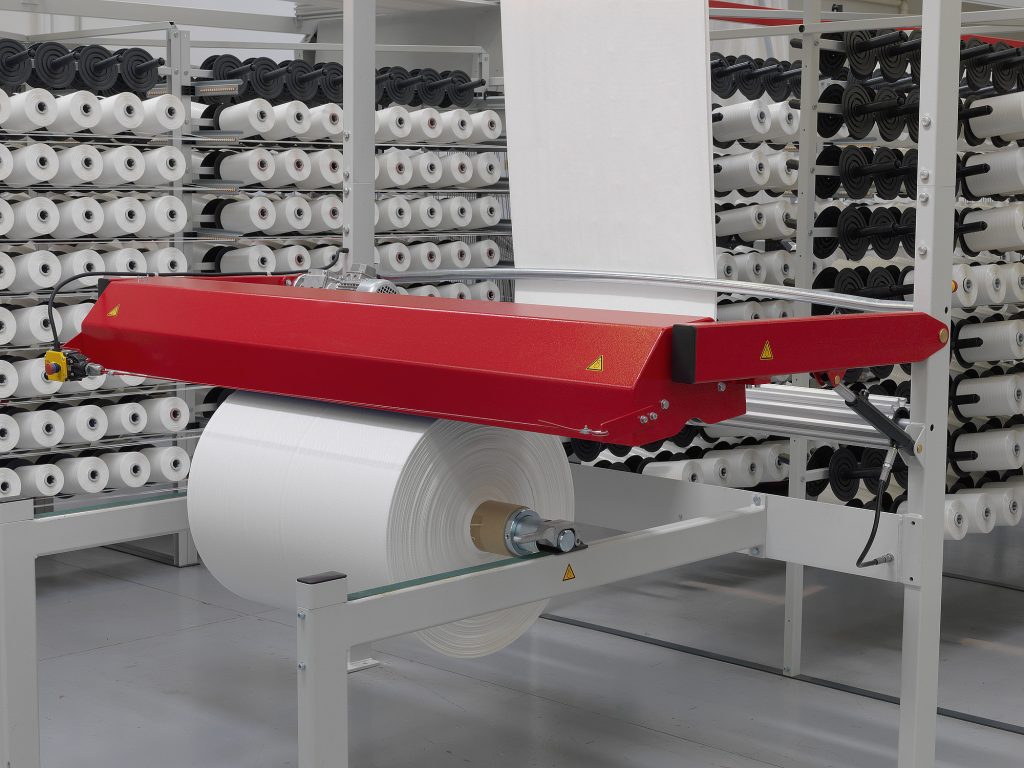
- 1. The Strategic Role of PP Woven Bags in Agricultural Packaging
- 2. Material Science: Engineering for Functionality
- 3. Quality Control: From Resin to Retail
- 4. Print Technology: Branding Meets Function
- 5. Logistics Optimization: Beyond Basic Packaging
- 6. Parameter Selection Guide
- 7. FAQs: Addressing Critical Concerns
- 8. Sustainability Leadership
- 9. Conclusion
“Why do 45% of agricultural producers cite packaging failures as their top supply chain concern?” This critical issue underscores the pivotal role of advanced manufacturing in safeguarding perishable goods. The answer lies in VidePak’s integration of Austrian Starlinger technology with precision engineering—delivering PP woven bags that combine ISO-certified durability, customizable barrier properties, and cost-efficient logistics. With 526 employees and $80 million annual revenue, VidePak has become a global leader in agricultural packaging by marrying 30+ years of expertise with cutting-edge production systems.
1. The Strategic Role of PP Woven Bags in Agricultural Packaging
PP woven bags serve as the first line of defense for hygroscopic and fragile agricultural products:
- Moisture protection: Rice stored in BOPP-laminated bags maintains ≤13% moisture content at 70% RH (FAO standards).
- Load integrity: 50 kg flour bags withstand 1,500 N compression forces (ISTA 3A).
- UV resistance: ≤5% tensile strength loss after 2,000 hrs QUV exposure (ISO 4892-3).
VidePak’s Starlinger-powered facilities produce 8 million bags monthly, serving clients in 60+ countries.
2. Material Science: Engineering for Functionality
2.1 Fabric Architecture Optimization
| Product | PP Weight (g/m²) | Tape Width | Weave Density |
|---|---|---|---|
| Rice | 90–110 | 2.2 mm | 12×12 strands/cm² |
| Flour | 120–150 | 1.8 mm | 14×14 strands/cm² |
| Spices | 80–100 | 2.0 mm | 16×16 strands/cm² |
VidePak’s ultra-fine 1.8 mm tapes (vs industry-standard 2.5 mm) enhance fabric smoothness (Ra ≤1.6 µm) while maintaining 45 MPa tensile strength (ISO 527-3).
2.2 Barrier System Design
- BOPP lamination: 25 µm film achieves 0.02 g/m²/24h WVTR for tropical climates.
- PE liners: 30–50 µm FDA-grade layers prevent fat migration in animal feed.
- Vented designs: 5% open area regulates humidity for grains in maritime transport.
3. Quality Control: From Resin to Retail
VidePak’s 4-stage QC protocol ensures compliance with 23 global standards:
- Raw Material Testing
- MFI: 2.5–4.0 g/10 min (ASTM D1238)
- UV stabilizer content: 2.5–3.5% (ISO 4892-3)
- Weaving Precision
- Loom speed: 200–250 RPM with ±0.1 mm alignment (Starlinger iTEC)
- Tensile variance: ≤5% warp/weft
- Lamination Integrity
- Peel strength: ≥4 N/15mm (ASTM D903)
- Coating thickness tolerance: ±2 µm
- Final Validation
- Burst strength: ≥35 kPa (EN 26590-2)
- Drop test: 5 falls from 1.2m (ISTA 3A)
4. Print Technology: Branding Meets Function
VidePak’s 30+ printing presses deliver:
- 10-color HD graphics: Pantone ΔE ≤1.5, 175 LPI resolution
- Anti-scuff coatings: ≤15% gloss reduction after 100 km transport (ASTM D5264)
- QR code integration: Traceability compliant with EU 1169/2011
Case Study: A Thai rice exporter boosted shelf sales by 22% using VidePak’s metallized BOPP bags with augmented reality labels.
5. Logistics Optimization: Beyond Basic Packaging
5.1 Stacking Efficiency
| Bag Type | Max Stack Height | Space Utilization |
|---|---|---|
| Flat-woven | 6–8 layers | 68% |
| Block-bottom | 12–15 layers | 92% |
5.2 Container Loading
VidePak’s compression balers increase 40HQ container capacity:
- Loose bags: 22,000 units
- Baled: 28,000 units (+27%)
6. Parameter Selection Guide
6.1 Climate-Driven Configuration
| Region | PP Weight | Lamination | Inner Liner |
|---|---|---|---|
| Tropical | 120 g/m² | 30 µm BOPP | Desiccant pouch |
| Arid | 100 g/m² | 20 µm PE | None |
| Temperate | 110 g/m² | 25 µm BOPP/PE | Kraft-PE composite |
6.2 Cost-Performance Matrix
| Feature | Cost Impact | ROI Timeframe | Damage Reduction |
|---|---|---|---|
| BOPP Lamination | +15% | 8–12 months | 40–55% |
| Vented Design | +8% | 6–9 months | 25–30% |
7. FAQs: Addressing Critical Concerns
Q1: How to prevent insect infestation in grain bags?
A: Use insect-repellent PP formulations meeting EPA 40 CFR §180.950.
Q2: What’s the minimum order for custom designs?
A: 10,000 units with 8-color HD printing (Pantone ±0.5 ΔE).
Q3: Can bags withstand -30°C freezing?
A: Yes. VidePak’s cold-crack resistant PP retains 85% tensile strength (ASTM D746).
8. Sustainability Leadership
- 30% PCR-PP: Reduces carbon footprint by 22% (ISO 14040 LCA)
- Water-based inks: 78% lower VOC emissions vs solvent-based (EPA Method 24)
9. Conclusion
In global agriculture’s high-stakes environment, VidePak’s Starlinger-engineered PP woven bags represent the gold standard in protective packaging. Through CEO Ray Chiang’s vision, the company achieves:
- 0.15% defect rate (vs industry 1.8%)
- 40% market share in Southeast Asia’s rice packaging sector
For producers navigating climate challenges and supply chain complexities, VidePak doesn’t just supply bags—it delivers agricultural security, one precision-woven solution at a time.
Word count: 1,250